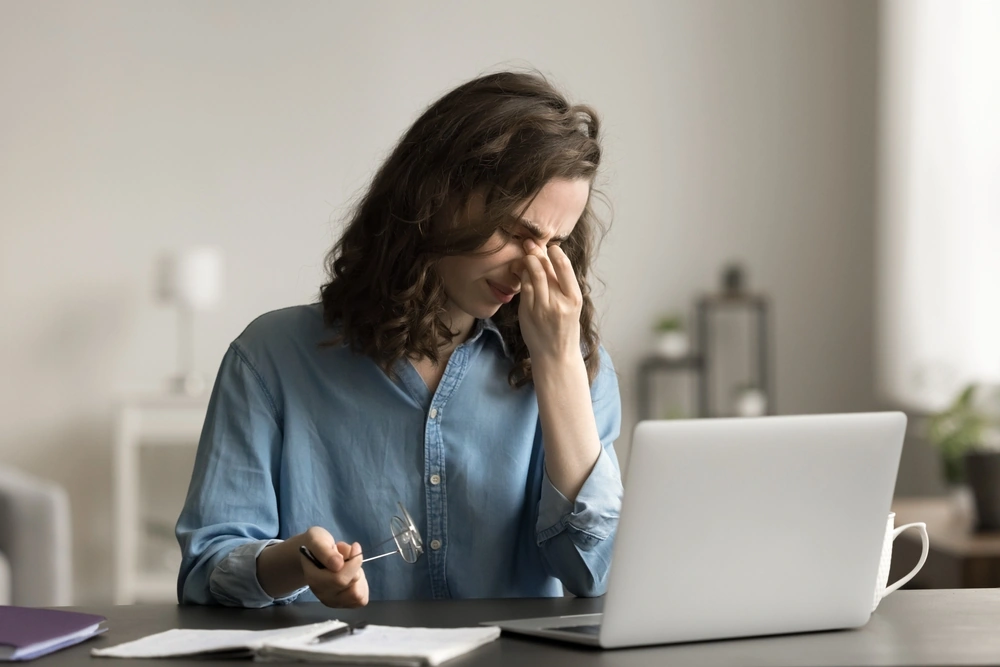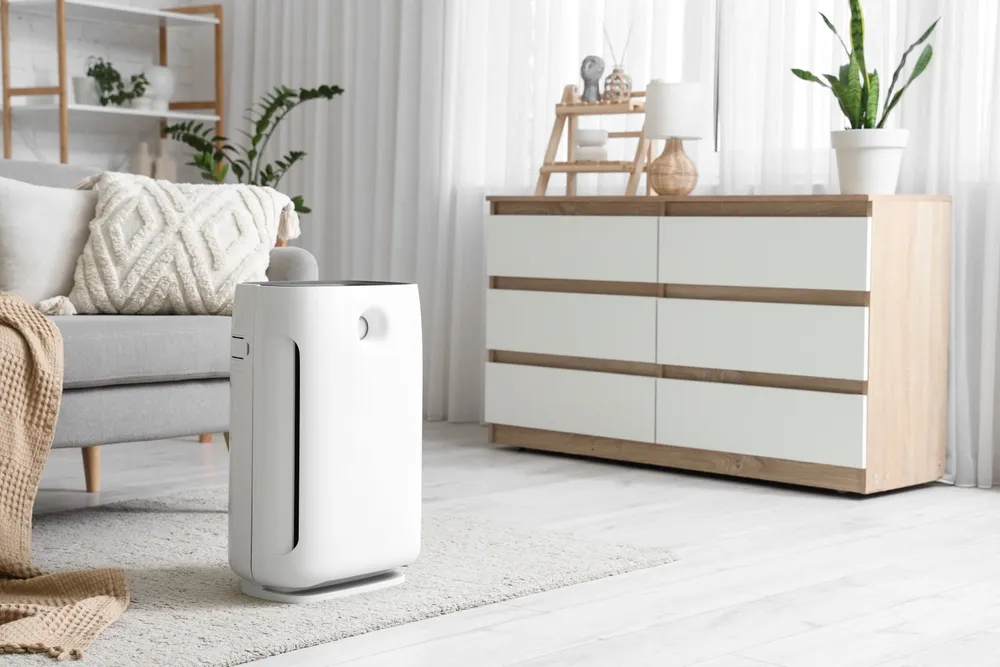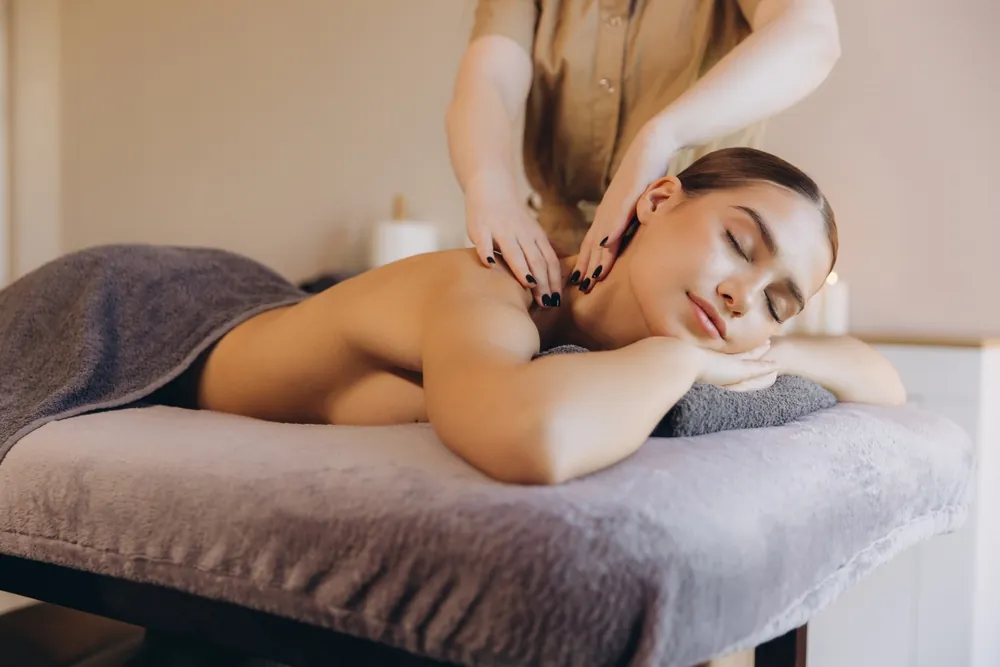Our eyes work harder than ever before. Hours spent on computers, scrolling through phones, or reading under poor lighting can leave them tired and sore. Eye strain is more than a minor inconvenience. It can make it difficult to concentrate, trigger headaches, and leave you feeling drained by the end of the day.
The good news is that relief is possible. By understanding what causes discomfort and applying a few practical strategies, you can learn how to relieve eye strain and protect your vision in the long term.
What Really Causes Eye Strain?
Eye strain occurs when the eyes are pushed beyond their natural comfort zone for too long. Although it is usually temporary, it can become a recurring problem if not addressed.
The main causes include:
- Prolonged screen use: Digital devices dominate both work and leisure. When we stare at screens for long periods, blinking rates drop, leading to dryness and fatigue. Constant focus on close-up text or images also makes the eyes work harder.
- Poor lighting: Reading in dim light or working under harsh bulbs forces the eyes to adjust repeatedly. Glare from windows or reflective surfaces also makes it difficult to focus comfortably.
- Uncorrected vision issues: Conditions such as presbyopia, astigmatism, or outdated glasses prescriptions force the eyes to compensate, creating unnecessary strain.
- General tiredness and stress: Fatigue affects the body and the eyes. Stress can also increase tension in the facial muscles, contributing to discomfort.
- Environmental conditions: Dry air, air conditioning, heating, and wind can cause the eyes to lose moisture more quickly, which worsens the feeling of strain.
Common symptoms include sore or burning eyes, blurred vision, sensitivity to light, watery or dry eyes, and headaches. Some people also describe difficulty concentrating or a heavy, tired sensation in the eyes.
Temporary Eye Strain vs. Chronic Digital Eye Strain
Not all eye strain is the same, and understanding the difference helps you choose the right solution.
Temporary Eye Strain
This type of strain often develops after a short period of focused work. Reading in poor light or scrolling on your phone can trigger it, but the discomfort usually eases after rest.
Chronic Digital Eye Strain
Also known as computer vision syndrome, this strain develops when these habits are repeated daily without correction. Those who spend many hours at screens may notice constant dryness, blurred vision, or headaches that disrupt both work and leisure.
Temporary strain can be managed quickly, but chronic strain requires consistent long-term strategies to prevent ongoing discomfort.
Simple Ways to Relieve Eye Strain Instantly
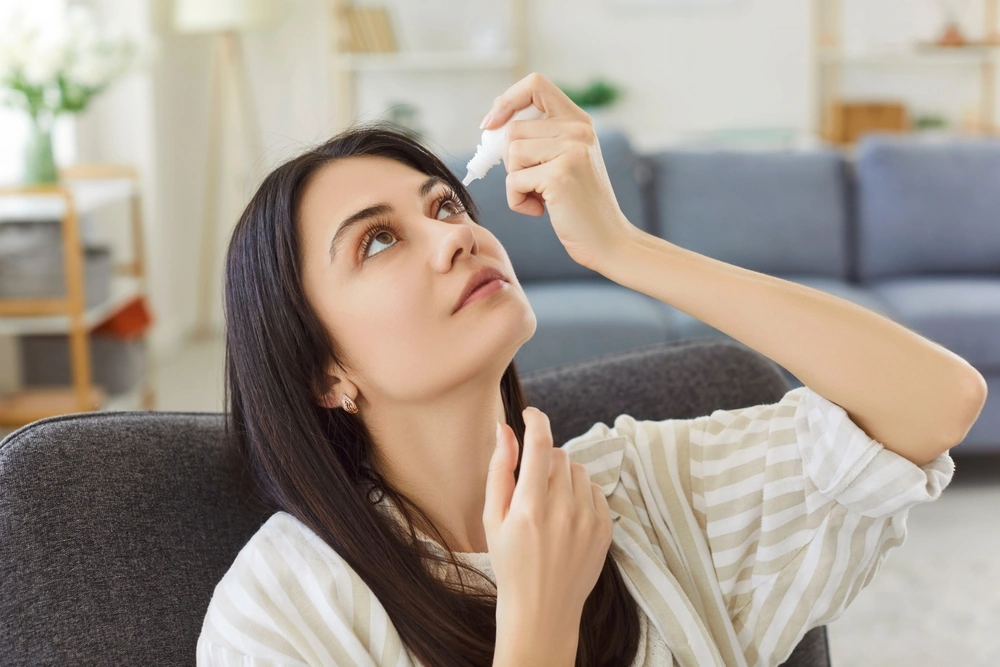
When discomfort sets in, there are a few quick remedies that provide fast relief:
- Palming exercise: Rub your hands together until warm and place them gently over closed eyes. The warmth and darkness relax the eye muscles.
- Warm compress: Applying a warm cloth helps soothe irritation and stimulates natural tear production.
- Cold compress: For puffiness or irritation, a chilled cloth or mask refreshes the eye area.
- Artificial tears: Lubricating eye drops are an easy way to restore moisture, especially if your environment is dry or air-conditioned.
- Gentle massage: Lightly massaging the temples or the area around the eyes improves circulation and eases muscle tension.
- Short outdoor break: A few minutes outside in natural light gives your eyes a break from artificial lighting and helps reset focus.
- Quick screen adjustments: Lower the brightness or reposition the screen slightly to reduce strain immediately.
These methods bring comfort in the moment, but lasting change requires healthy daily routines.
How Long Does Eye Strain Take to Improve?
Recovery depends on both the cause and severity.
- Mild cases often improve within a few hours once the eyes are rested. Closing them for a short break, taking a nap, or stepping outside into daylight usually helps.
- More persistent strain may take a day or two to resolve, particularly if it results from prolonged screen use or general fatigue.
- Ongoing issues linked to uncorrected vision will not disappear until the underlying problem is addressed with glasses, lenses or professional care.
While occasional eye strain is normal, symptoms lasting several days suggest the need for an eye examination.
Everyday Habits on How to Relieve Eye Strain Long-Term
The best way to prevent recurring discomfort is to adopt daily habits that support eye health:
- The 20-20-20 rule: Every 20 minutes, look at an object 20 feet away for 20 seconds. This simple method relieves continuous close-up focus.
- Stay hydrated: Dehydration contributes to dryness. Aim to drink water consistently throughout the day, especially in heated or air-conditioned environments.
- Balanced lighting: Use soft, evenly distributed lighting. Position your desk near a window if possible, but reduce glare with blinds or curtains.
- Workstation ergonomics: Keep your monitor at an arm’s length and slightly below eye level. A supportive chair ensures your posture prevents additional strain on the neck and shoulders.
- Mindful breaks: Stand, stretch and change your focus every hour. This benefits not only your eyes but also your circulation and concentration.
- Stress management: Relaxation techniques such as deep breathing, meditation or gentle yoga reduce overall muscle tension, including around the eyes.
- Supportive technology: Devices like the OSIM uVision 3 Eye Massager combine gentle warmth, massage and vibration to refresh the eyes after long hours of screen use. When paired with good daily habits, they can make eye care effortless.
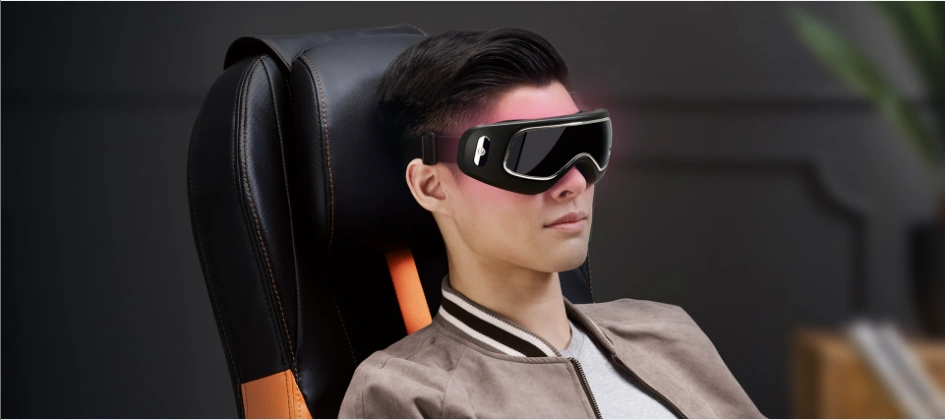
OSIM uVision 3 Eye Massager
Reducing Strain from Computers & Digital Screens
Since screens are often the main cause of eye fatigue, making them easier to use is essential:
- Use anti-glare filters on monitors or adjust your screen angle to reduce reflections.
- Customise display settings: Lower brightness, enlarge text size, and use warmer tones in the evening to reduce stress on the eyes.
- Invest in ergonomic accessories: Monitor stands, adjustable chairs and external keyboards can improve posture and reduce strain.
- Position screens correctly: A screen should be 20–28 inches away and slightly below eye level for a natural viewing angle.
- Try computer-specific lenses: Glasses designed for digital work reduce focusing effort and make prolonged sessions more comfortable.
- Manage hybrid work environments: If you switch between home and office, make sure both setups are eye-friendly, with consistent lighting and comfortable positioning.
With these adjustments, digital tasks can become much easier to manage.
Can Eye Exercises Really Help?
Eye exercises do not correct vision problems, but they can ease tension and restore flexibility to tired muscles.
Eye yoga is one approach that encourages gentle eye movements and focus changes. Examples include:
- Pen convergence: Slowly move a pen from arm’s length towards your nose while keeping it sharp in focus.
- Jump convergence: Alternate your gaze between a near and distant object to train adaptability.
- Eye rolling: Roll your eyes slowly in circles to loosen muscle tightness.
- Distance shifting: Look out of a window at far objects to rest your eyes from constant close-up focus.
Used regularly, these techniques can refresh your vision and reduce the heavy, tired sensation that often comes after long hours of screen work.
Nutrition and Eye Health
What you eat plays a vital role in how to relieve eye strain. Nutrients and hydration support how efficiently your eyes function and how well they cope with daily demands.
- Omega-3 fatty acids from fish, walnuts and flaxseeds help maintain tear production.
- Vitamin A from carrots, sweet potatoes, and spinach is crucial for healthy vision.
- Lutein and zeaxanthin from leafy greens filter harmful light and support the retina.
- Vitamins C and E from citrus fruits, almonds and sunflower seeds protect delicate eye tissue.
Dietary habits matter too. Reduce excess caffeine and alcohol, as both can dehydrate the body and worsen dryness. Including snacks such as fruit, nuts or yoghurt during work breaks can provide steady energy and support eye health throughout the day.
The Role of Sleep in Reducing Eye Strain
Sleep is essential for the eyes to repair and restore moisture. Without enough rest, eyes can become red, dry and more prone to strain.
Better sleep for healthier eyes:
- Keep a consistent bedtime routine to regulate your body clock.
- Reduce evening screen use, as bright light delays melatonin release and disrupts sleep.
- Use night mode or blue light filters on devices if evening work is unavoidable.
- Make your room cool, dark and quiet for deeper rest.
- If needed, try a short rest break during the day to give your eyes a chance to reset.
Quality sleep supports overall wellbeing and ensures your eyes are refreshed each morning.
When to Book an Eye Examination
Sometimes lifestyle changes are not enough. If you notice persistent or worsening symptoms, a professional eye examination can help.
Warning signs include:
- Discomfort that does not improve with rest.
- Headaches linked to reading or screen work.
- Increasing blurred vision or difficulty switching focus.
- Greater sensitivity to light.
An optometrist can diagnose underlying issues and recommend appropriate treatment, helping you avoid long-term discomfort.
Final Thoughts on Caring for Your Eyes
Eye strain is common, but it does not have to be part of everyday life. By learning how to relieve eye strain through daily habits such as hydration, good posture, balanced lighting and regular breaks, you can protect your vision and reduce discomfort.
If symptoms continue despite these changes, arranging an eye examination is the next sensible step.
Discover OSIM’s wellness solutions to add extra comfort to your daily routine and support healthier, more relaxed eyes.

